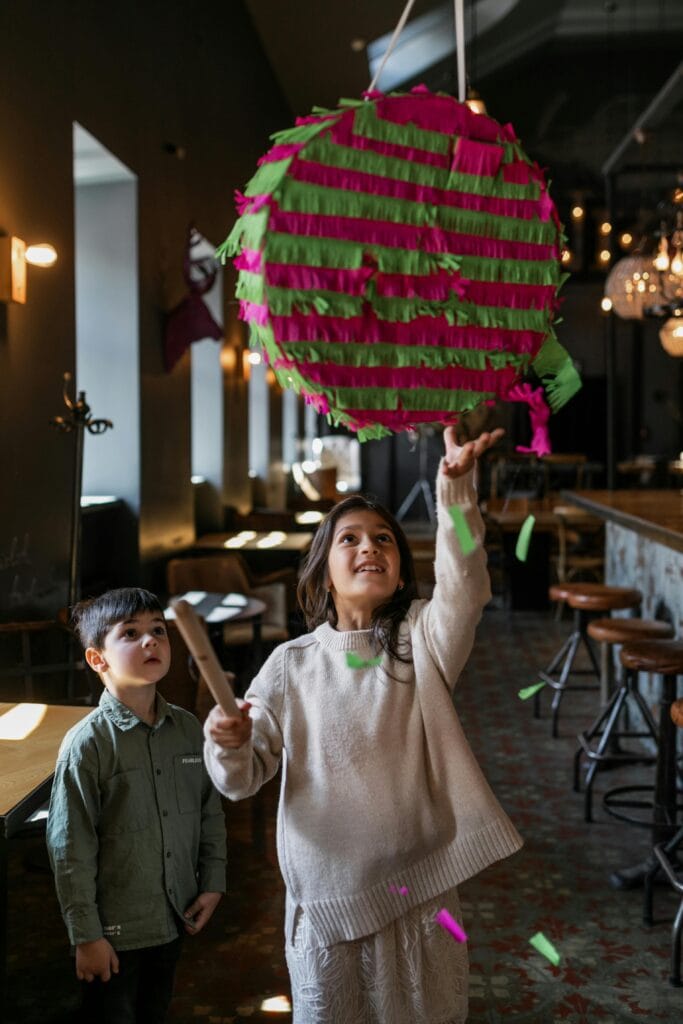Children’s birthdays are special events celebrated differently in every culture. Today, many traditions have blended, but each custom has its own roots and unique history. Let’s explore where birthday traditions first originated and how they spread worldwide.
Interesting Facts About Children's Birthdays
First Birthday – A Special Milestone In most cultures, a child’s first birthday is considered the most important. Historically, it symbolized overcoming the challenges of infancy.
The Most Common Birthday – September 16 is the most frequently celebrated birthday worldwide. This is likely due to many babies being conceived around the winter holidays.
Balloons as a Party Symbol: Around 10 billion balloons are produced worldwide each year, with most used for birthday celebrations.
🎵 Happy Birthday — most popular song, was patented in 1893
Children tend to remember birthdays better when they have a theme, such as superheroes, princesses, space, or dinosaurs. Studies show that themed parties create 40% more positive memories for kids
The Role of Celebrations in Child Development Psychologists note that celebrating birthdays boosts a child’s self-esteem. Rituals like blowing out candles help children feel valued and loved
Origins of Traditions
Children’s birthdays are not just about fun—they are deeply rooted traditions that reflect the history and culture of different nations
Scotland → Canada (Greased Nose)
In Scotland, it was believed that greasing the birthday child’s nose with butter or fat would protect them from evil spirits. Later, this tradition made its way to Canada, where butter or petroleum jelly was used instead of fat.
China → Mexico (Breaking the Piñata)
In China, people created paper animal figures filled with seeds and burned them for good luck. Through European travelers, this tradition reached Spain, and Spanish conquerors later introduced it to Mexico, where it evolved into the modern piñata.
Korea (Doljabi, Joseon Dynasty)
This tradition appeared in Korea during the Joseon Dynasty (1392–1897). On a child’s first birthday, various objects were placed before them to predict their future. Initially, this ritual was practiced only in wealthy families, but it later became a widespread cultural tradition.
Germany → Worldwide (Blowing Out Candles)
The custom of blowing out candles on a cake originated in Germany in the 18th century. Germans believed that the fire from the candles helped carry a child’s wishes to the heavens. Over time, this tradition spread across Europe and America.
China (Longevity Noodles, Over 2000 Years Ago)
An ancient Chinese tradition involves eating long noodles on a birthday to symbolize a long life. The noodles must not be cut, as shortening them would “cut short” one’s happiness. This custom remains an important part of Chinese birthday celebrations
Australia (Fairy Bread, Early 20th Century)
In early 20th-century Australia, the tradition of serving “Fairy Bread”—bread with butter and colorful sprinkles—emerged. It quickly became a popular birthday treat for children.
Ancient Rome → Brazil (Ear Pulling)
The Romans believed that ears were the “doors to the soul,” and pulling them brought good luck. This tradition later took root in Brazil, where the birthday child gets their ears tugged as many times as their age in years.
Eastern Europe (Birthday Bread and Songs)
In Eastern European countries such as Ukraine and Poland, people have long baked a festive round bread (karavay) and sung special birthday songs. These traditions trace back to ancient Slavic rituals of giving thanks to the gods for prosperity and well-being.
Organizing a celebration inspired by unique customs can be an unforgettable adventure for the child and their guests. At “Happy Time,” we help create birthdays that will be remembered for a lifetime!
What birthday traditions do you know? Let’s share them in the comments!

